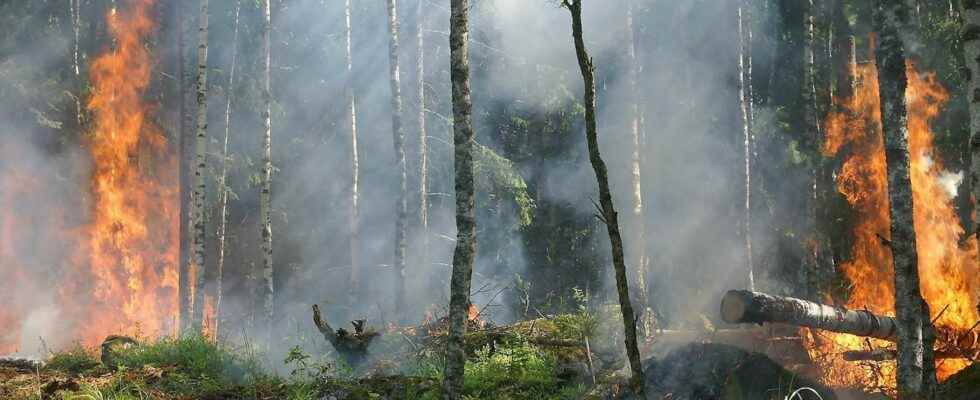Fires have always been a threat to our forests. Today, with ongoing climate change, the risk is perhaps a little more serious. But not all fire starts are natural…far from it!
Remember that for a fire triggers, it is essential to bring together three ingredients: a combustible of course, a oxidizer and also a activation energya source of heat. In the case of Forest firesthe vegetation takes the place of fuel, theair and the oxygen it contains act as an oxidizer and the slightest spark can then suffice to provide sufficient activation energy.
When the temperature is high and there is a lack of rain, a large part of the water contained in the tissues of the plants that make up the forests evaporates. The leaves then constitute a fuel of choice, especially since they offer a large contact surface with the oxygen oxidant. The slightest spark can then ignite twigs, then dry grass, bushes, trees and finally, the entire forest.
From natural and anthropogenic causes to forest fires
Less than 10% of fire outbreaks in the forest are of natural origin. It is usually the lightning and the dry thunderstorms that are responsible. In this case, not much can be done to prevent fires, except regular clearing. Forest surveillance operations, thanks to watchtowers in particular, can also limit the consequences of these fires.
No less than half of forest fires are caused by carelessness: a badly extinguished cigarette butt thrown to the ground, a barbecue poorly controlled, etc. This is why instructions on the dangerous gestures are regularly disseminated among the population, particularly in regions at risk. Another cause of fire: accidents like those that may occur around transformers electrical or cars in fire.
Finally, the last cause, and not the least, is that related to malicious acts. Nearly 40% of forest fires are started intentionally by arsonists.
Interested in what you just read?
